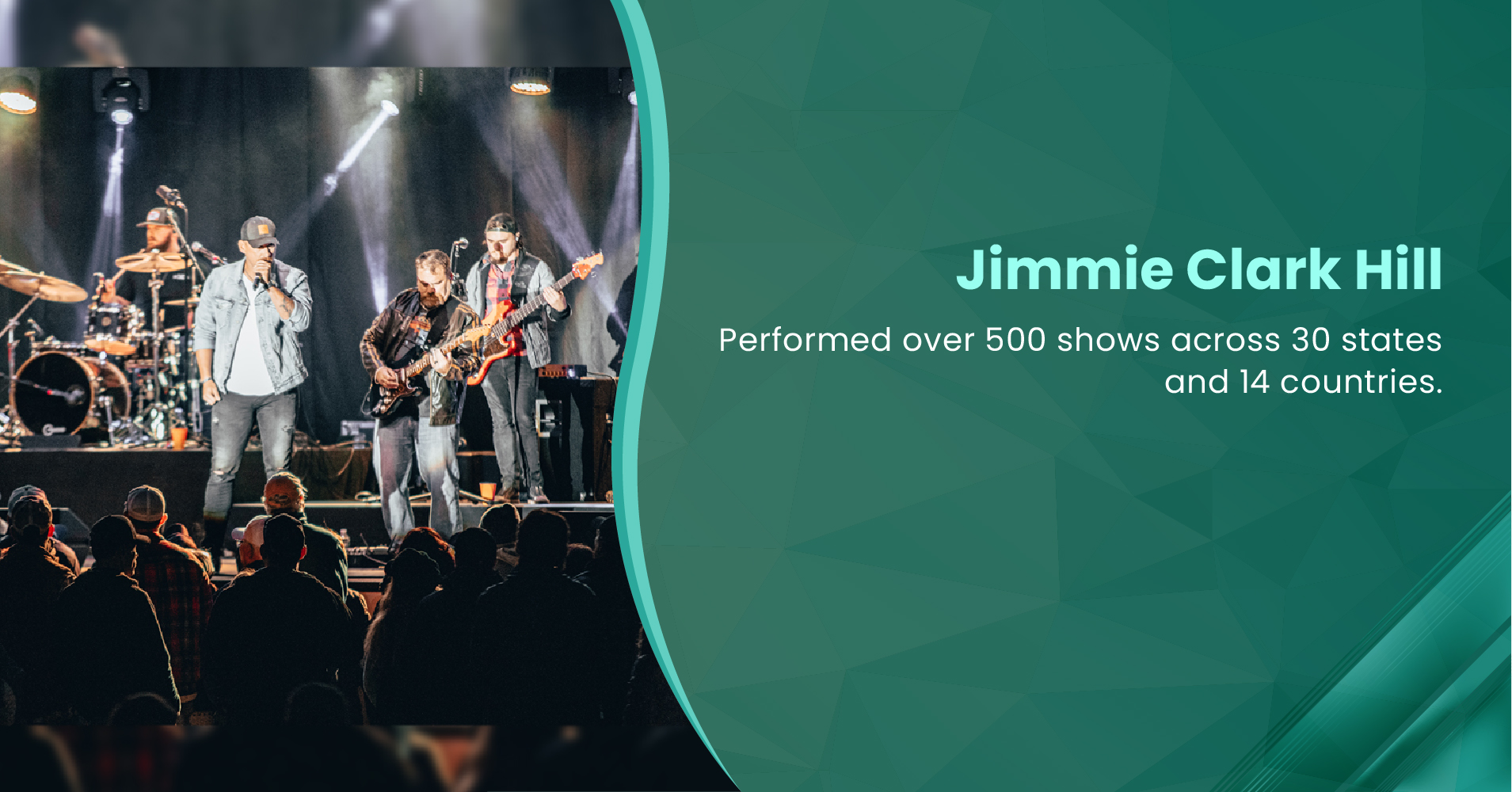
Starting in hockey is an exciting adventure, but being adequately equipped to make the most of your time on the ice is crucial. Hockey is a sport that requires specific gear to ensure both performance and safety. Whether you’re a beginner stepping onto the ice for the first time or someone returning to the game, having the right equipment is the key to enjoying hockey safely and effectively. This guide will take you through the essential hockey gear every new player needs to get started.
The Importance of Proper Hockey Skates
Your skates are the most critical piece of hockey equipment, forming the foundation of your game. Most skilled players can only work with the right pair of success. Hockey skates are designed to provide the support, agility, and speed needed to perform well on the ice.
When selecting skates, it’s essential to focus on fit. Skates that are too tight can cause discomfort and blisters, while skates that are too loose can make it difficult to control your movements. Choosing skates that offer a good balance of comfort and support is critical for beginners. As you progress in the sport, you may opt for stiffer boots that provide more control, but starting with a well-fitting, comfortable pair will help you build confidence on the ice.
Choosing Your First Hockey Stick
Your hockey stick is your primary tool for handling the puck, passing, and shooting. Choosing the right stick can significantly impact your gameplay. Understanding the basics of stick selection, such as length, flex, and blade type, is essential for beginners.
The length of your stick should allow it to reach your chin when standing in your skates. This ensures you have the proper leverage for handling the puck and shooting. Flex refers to how much the stick bends when force is applied. A stick with more flex can help beginners generate more power in their shots. The blade’s curve affects how you control the puck and take shots, so finding a curve that suits your style is essential. As you gain experience, you’ll develop preferences, but starting with a versatile, beginner-friendly stick is recommended.
Protective Gear Essentials
Hockey is a physical sport, and protecting yourself from injury is paramount. The most critical piece of protective gear is the helmet. A well-fitted helmet protects your head from impacts and should be worn with a face cage or visor to shield your face and eyes.
Shoulder pads protect your shoulders, chest, and upper back from checks and falls. Gloves safeguard your hands and wrists from pucks, sticks, and falls while allowing you to maintain a good grip on your stick. Investing in quality hockey safety equipment is non-negotiable whether you’re playing casually or competitively; safety should always come first.
Lower Body Protection: Essential Gear
In addition to upper-body protection, you must equip yourself with gear that protects your lower body. Hockey pants are padded to protect your hips, thighs, and tailbone from collisions and falls. Shin guards shield your knees and shins from pucks and sticks.
Elbow pads protect your elbows and forearms during falls and checks. These should fit snugly without restricting your movement, protecting you while allowing you to play comfortably. Ensuring that all your protective gear fits well is crucial; poorly fitted gear can be just as dangerous as no protection.
Specialized Equipment for Goalies
If you’re playing as a goaltender, your equipment needs will differ significantly from other players. Goaltending gear is designed to protect against high-speed pucks and provide the flexibility and movement required for making saves.
Essential goalie equipment includes leg pads, a blocker, a glove, a chest protector, and a mask. The fit and quality of this gear are critical, as they provide maximum protection while allowing for the agility and reflexes needed in the crease. Investing in top-notch, well-fitting gear is essential for goalies, given the heightened risk of injury in this position.
Additional Accessories: Small Items with Big Impact
In addition to the core equipment, several other items are crucial for your safety and comfort on the ice. Mouthguards are essential for protecting your teeth and reducing the risk of concussions. A jockstrap or pelvic protector is necessary to safeguard sensitive areas, providing vital protection during gameplay.
Other accessories, such as neck guards, protect against potential skate blade injuries and should not be overlooked. These items may seem minor, but they keep you safe and comfortable while playing hockey.
Maintaining Your Hockey Equipment
Once you’ve invested in your hockey gear, it’s essential to maintain it properly. Regular maintenance not only extends the life of your equipment but also ensures that it remains effective at protecting you. Skates should be sharpened regularly, and pads and helmets should be checked for wear and tear.
Proper cleaning and drying of your gear after each use are also essential to prevent odors and bacteria buildup. Simple steps like wiping down your equipment and drying pads can go a long way in keeping your gear in top condition.
Starting your hockey journey with the right equipment is crucial for safety and performance. From skates and sticks to helmets and pads, each piece of gear plays a vital role in your experience on the ice. By carefully selecting and maintaining your equipment, you can ensure you’re well-prepared to enjoy the game while minimizing the risk of injury. Remember, investing in quality gear is an investment in your enjoyment and success in hockey. With the right tools, you’ll be ready to hit the ice and take your game to the next level.